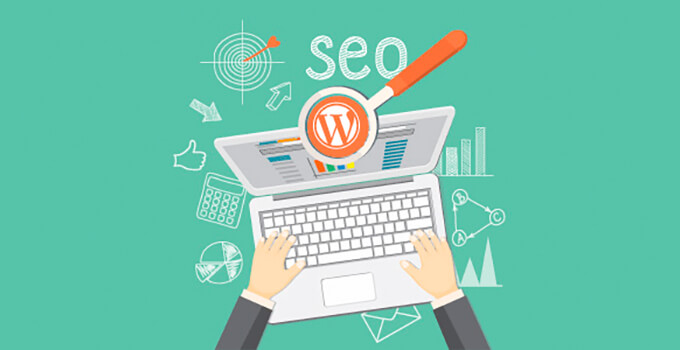Imagine placing an ad online. You expect a straightforward transaction: you pay a platform, and your ad reaches your audience. But what if the platform started buying ad space in bulk and then reselling it to you, potentially at a higher price? This is the murky new reality as tech giant Meta, the parent company of Facebook, Instagram, and WhatsApp, steps into the controversial world of principal-based trading for advertisements.
According to recent reports, Meta is currently in discussions with major advertising agency holding companies about this new model. The plan involves these holding companies purchasing large volumes of ad inventory from Meta and then reselling it to their clients, presumably with a markup. While Meta has declined to officially comment on these plans, multiple ad executives with direct knowledge of the situation have confirmed the move.
At first glance, this might seem like an odd direction for Meta. The platform is a behemoth in the digital advertising space and hardly reliant on advertising agencies to fill its coffers. So, why the shift? Insiders suggest this isn’t about dependence; it’s about control and maximizing revenue. Meta recognizes the profitability that advertising agencies currently enjoy through principal-based trading and wants a bigger piece of that pie.
Principal-based trading isn’t a novel concept in the advertising world. Major agency holding companies have been utilizing this method for years, often touting it as a driver of growth and profitability during earnings calls. By embracing this model, Meta aims to secure more consistent ad spending and ensure it remains a central player in media planning. The logic is simple: keep advertising dollars within Meta’s ecosystem rather than allowing agencies to potentially direct them elsewhere.
Karsten Weide, a principal and chief analyst at W Media Research, suggests that the timing of this move might be strategic, aimed at securing a stable revenue stream amidst growing economic uncertainty. The anticipation of a potential recession in 2026 due to new tariffs could be a motivating factor for Meta to lock in predictable ad spending now.
However, Meta’s foray into principal-based trading is not without significant controversy. While agencies appreciate the predictability and potential for increased profits this model offers, critics raise serious concerns about transparency and potential conflicts of interest. They argue that it obscures the true cost of advertising, encourages inflated prices, and ultimately risks eroding the trust between advertisers and their agencies. Some have even labeled the practice as “transparently un-transparent.”
The core of the criticism lies in the potential for agencies to prioritize their own profits over the best interests of their clients. As one industry expert noted, in a principal-based trading scenario, the publisher (in this case, Meta) might not receive the true market value for their ad inventory, while the advertiser ends up paying more than the fair price, with the agency pocketing the difference, not necessarily due to added value but simply by controlling the transaction.
There are exceptions, of course. Some principal-based deals are tied to tangible performance metrics, such as an agency only getting paid if it achieves a specific cost-per-acquisition target. Such arrangements are generally considered more equitable. The real issue arises when the intricacies of these deals become opaque, making it difficult for advertisers to ascertain whether their ad spending is genuinely effective or primarily benefiting the agency.
Concerns are also brewing among brands. Some feel that agencies are increasingly viewing principal-based trading as an easy revenue stream generated from the collective budgets of their clients. This can lead to a situation where media plans are designed not solely to drive client success but also to ensure the financial viability and profitability of the agency’s principal buying operations.
Joshua Lowcock, President of Quad Media, has voiced strong concerns about the implications of principal-based trading. He argues that it can devalue the work of agencies in the eyes of clients and stifle competition among media partners, favoring those willing to offer rebates or participate in principal-based deals. Lowcock also points out the risk of advertisers not getting the media placements they expect, potentially hindering their business performance. He suggests that if a particular media or data offering doesn’t provide a sufficient profit margin for the agency under a principal-based model, it might not even be included in the client’s plan, regardless of its potential effectiveness.
Nick Manning, Non-Executive Chairman at Media Marketing Compliance, echoes these concerns, highlighting how large agency buying groups can leverage their market power to dictate terms to media vendors, deciding which inventory will be principal-based and how it will be allocated. He fears this trend could lead to a “walled garden” scenario controlled by holding companies, similar to the existing dominance of major tech platforms.
Dave Gaines, CEO of Media by Mother, adds another layer to the issue, noting that even television networks are finding it challenging to offer direct media buying options to clients with in-house teams because they cannot achieve the same margins they would through principal-based deals with agencies. This illustrates how deeply ingrained this practice has become and how it can complicate direct relationships between advertisers and media owners.
Ultimately, the move by Meta into principal-based trading raises fundamental questions about transparency, value, and trust in the digital advertising ecosystem. While it might offer benefits like predictable revenue for Meta and potentially streamlined buying processes for large agencies, the potential downsides for advertisers, particularly regarding cost and transparency, cannot be ignored. As this controversial practice expands, the industry will be closely watching to see how it impacts the flow of advertising dollars and the relationships between platforms, agencies, and the brands that ultimately foot the bill. The question remains: will this new era of principal-based trading truly benefit advertisers, or will it primarily serve the bottom lines of Meta and the major advertising holding companies?






































